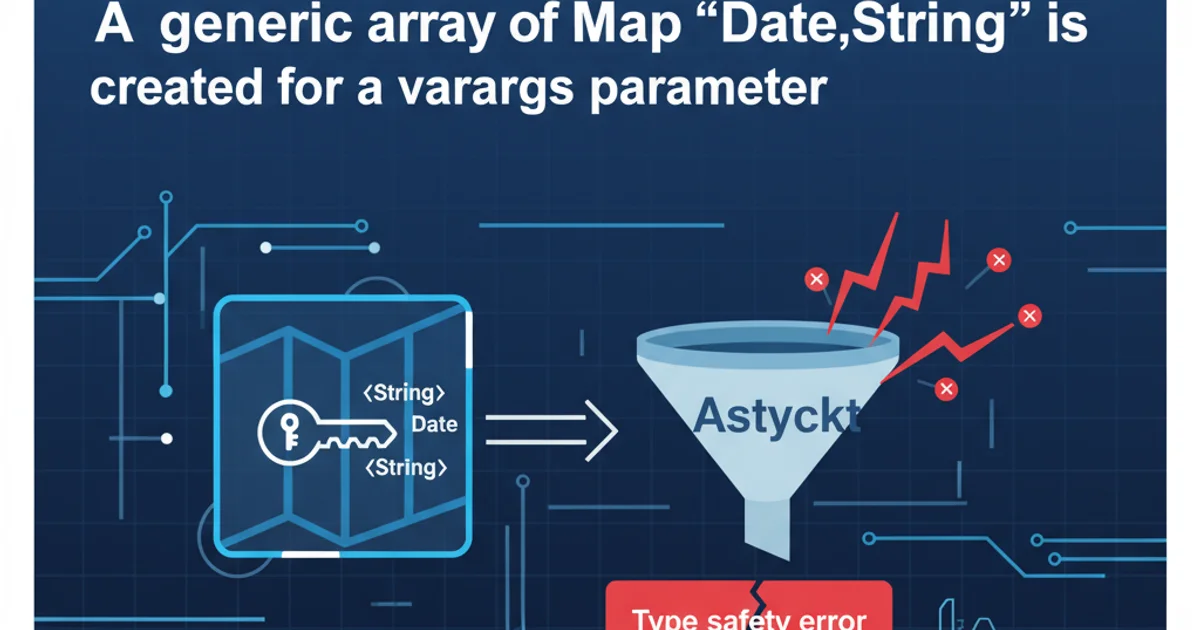Read a .php file using php
Categories:
Reading PHP Files: Techniques and Best Practices

Learn how to programmatically read the content of a .php file using PHP, covering various methods, security considerations, and common pitfalls.
Reading the content of a .php file using PHP itself is a common task, whether for parsing configuration, displaying code snippets, or performing static analysis. While it might seem straightforward, understanding the nuances of file system functions and potential security implications is crucial. This article will guide you through different methods to achieve this, from basic file reading to more robust approaches, ensuring you handle file contents safely and effectively.
Basic File Reading with file_get_contents()
The simplest and often most recommended way to read the entire content of a file into a string is using the file_get_contents() function. This function is designed for reading files and is generally efficient for most use cases. It returns the file content as a string on success, or false on failure.
<?php
$filename = 'example.php';
if (file_exists($filename)) {
$fileContent = file_get_contents($filename);
if ($fileContent !== false) {
echo "Content of $filename:\n";
echo htmlspecialchars($fileContent); // Escape for display in browser
} else {
echo "Error: Could not read file $filename.";
}
} else {
echo "Error: File $filename does not exist.";
}
?>
Using file_get_contents() to read a PHP file
file_exists() and check the return value of file_get_contents() to handle potential errors gracefully. When displaying file content in a web browser, remember to use htmlspecialchars() to prevent XSS vulnerabilities, as the file might contain HTML or script tags.Reading Line by Line with fopen() and fgets()
For very large files, or when you need to process content line by line without loading the entire file into memory, fopen() combined with fgets() is a more suitable approach. This method provides more granular control over file reading.
<?php
$filename = 'large_example.php';
$handle = @fopen($filename, 'r'); // Suppress error for non-existent file
if ($handle) {
echo "Content of $filename (line by line):\n";
while (($line = fgets($handle)) !== false) {
echo htmlspecialchars($line); // Escape each line for display
}
fclose($handle);
} else {
echo "Error: Could not open file $filename.";
}
?>
Reading a PHP file line by line
flowchart TD
A[Start] --> B{"File Exists?"}
B -- No --> C[Error: File Not Found]
B -- Yes --> D[Open File Handle]
D -- Success --> E{"Read Line?"}
E -- Yes --> F[Process Line]
F --> E
E -- No --> G[Close File Handle]
G --> H[End]
D -- Failure --> I[Error: Cannot Open File]
C --> H
I --> HFlowchart for reading a file line by line
Security Considerations and Best Practices
When reading files, especially .php files, security is paramount. Directly exposing PHP file content can reveal sensitive information, such as database credentials or proprietary logic. Always consider the source of the filename and the purpose of reading the file.
/etc/passwd). Always sanitize and validate user-provided paths.<?php
// DANGER: Do NOT do this in production without strict validation!
// $user_supplied_filename = $_GET['file'];
// $content = file_get_contents($user_supplied_filename);
// SAFER APPROACH: Whitelist allowed files or directories
$allowedFiles = ['config.php', 'template.php'];
$requestedFile = 'config.php'; // Example: from a validated input
if (in_array($requestedFile, $allowedFiles) && file_exists($requestedFile)) {
$content = file_get_contents($requestedFile);
echo htmlspecialchars($content);
} else {
echo "Access denied or file not found.";
}
// Another safe approach: Restrict to a specific directory
$baseDir = '/var/www/my_app/templates/';
$requestedFile = 'header.php'; // Example: from a validated input
// Ensure the path is within the base directory and is a valid file
$fullPath = realpath($baseDir . $requestedFile);
if ($fullPath && str_starts_with($fullPath, realpath($baseDir)) && file_exists($fullPath)) {
$content = file_get_contents($fullPath);
echo htmlspecialchars($content);
} else {
echo "Access denied or file not found.";
}
?>
Securely reading files with validation and path restriction